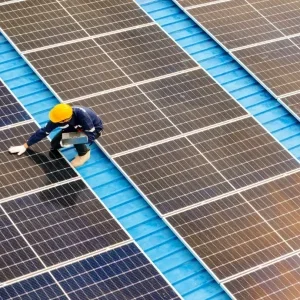The president of Russia’s Uranium One Group, Vasily Konstantinov, said in an interview published online by Russian state nuclear corporation Rosatom that falling demand for uranium is caused partly by the slow restart of reactors in Japan following the Fukushima accident, as well as by secondary uranium sources such as military and other inventories. Konstantinov said he believed the price of uranium, which has fallen by about 25% in 2016 and 60% since Fukushima, will recover "when there is a balance between the fuel demand of nuclear generation and the uranium supply to the market from different sources".
Uranium One is one of the world’s largest uranium producers with assets in Kazakhstan, the US, Australia and Tanzania. Konstantinov said the company’s major production base comprises joint ventures in Kazakhstan "where the mining cost is low, providing efficient operations of even at such low market prices". However, Uranium One is suspending production or selling assets at deposits where efficient operation "in the current price situation" is impossible. This includes the US, where the company is being forced to suspend production. "It can be resumed once the uranium prices exceed $50," he said.
Konstantinov said the situation in Australia was "more pessimistic" because an even higher increase in the price threshold would be required to ensure effective use of the assets. In 2015 Uranium One sold the Honeymoon mine in South Australia, avoiding costs associated with suspending and maintaining the project. "Currently, we intend to continue our work with cost-effective assets, maintaining and developing them, and to abandon inefficient ones," he said.






